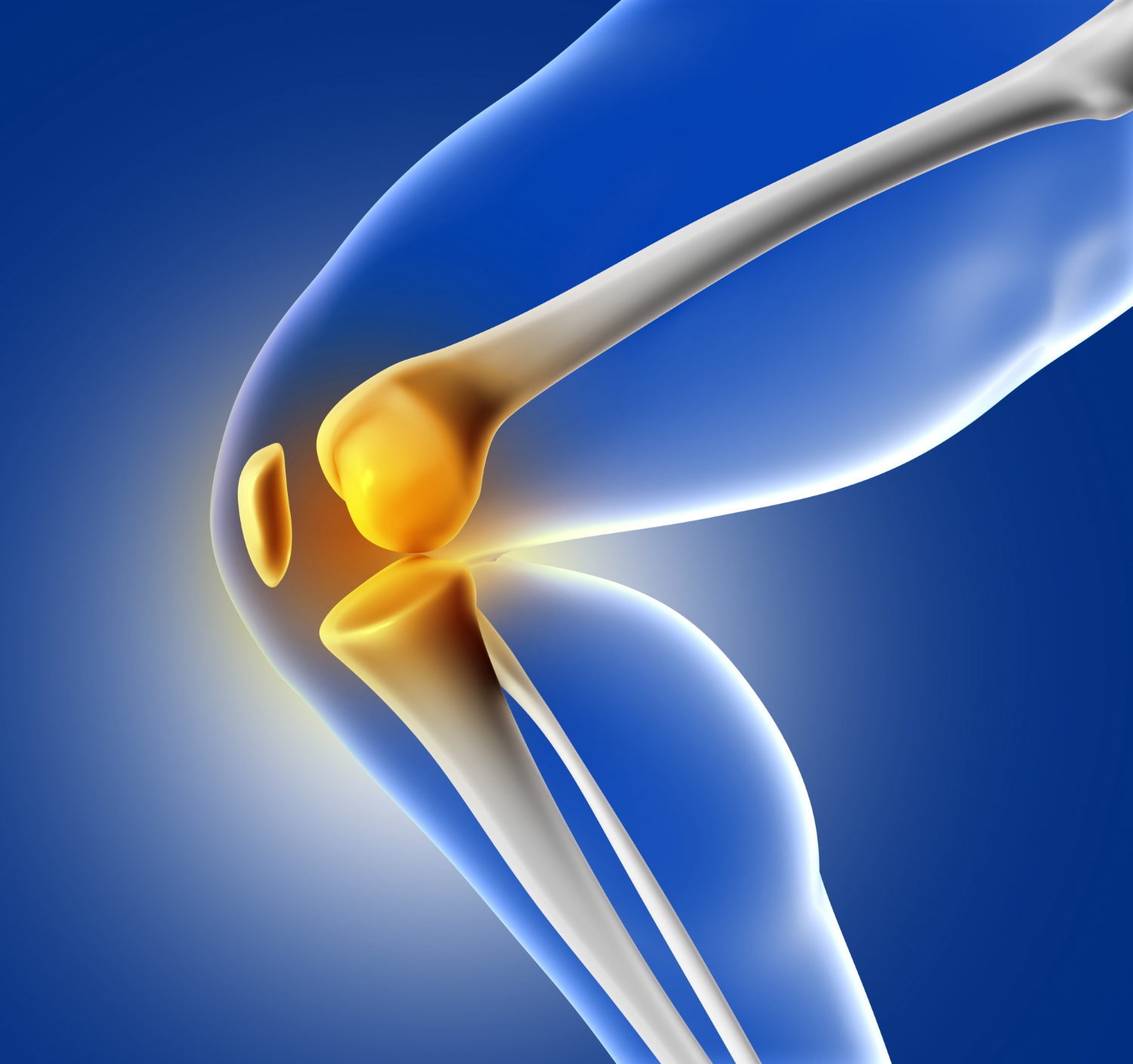Menü
Contact information
- Mimar Sinan Mahallesi 1359. Sokak Akademia Sağlık Merkezi No: 5 K:2 D:4 Alsancak, Konak
- info@safasatoglu.com
- Working hours: 09.00 - 18.00 Sunday: Closed
KneeCap
- Home page
- KneeCap
KneeCap
Dislocations of the KneeCap (Patella)
The patella, or kneecap bone, is one of the most critical elements of the knee joint. Kneecap dislocation is quite uncommon. The dislocation might be complete (dislocation) or partial (dislocation) (subluxation). It is frequently caused by a forceful collision or an abrupt rotation of the knee. However, depending on the individual's anatomical propensity, a minor hit can result in a dislocated kneecap.
Kneecap dislocation is usually seen in girls under the age of 17. In people with anatomical predisposition, a family history of dislocated kneecap is common. Depending on the underlying causes of dislocated kneecap, a special treatment plan should be prepared by evaluating the anatomical structure of the person. The first treatment of dislocated kneecap cases is to put the kneecap in place without straining the knee and to stabilize the leg. Surgical operation is required if the semi-dislocated condition persists after the first treatment (immobilization) or if the risk of re-dislocation is high due to anatomical predisposition.
You can contact Prof. Dr. Hakan Özsoy for Ankara kneecap (patella) dislocations and treatment; you can make an appointment.
What Causes Knee Cap (Patella) Dislocation?
Kneecap dislocation is frequently caused by underlying developmental bone or soft tissue issues. These anatomical issues set the stage for dislocations by making the knee joint more prone to dislocation.
The soft tissues surrounding the knee joint (especially the ligaments that stabilize the kneecap) are looser than normal,
Anatomical problems in the leg alignment, with the leg alignment outward (X-leg shape),
If the area where the kneecap (patella) bone sits on the femur bone is shallow, this increases the risk of kneecap dislocation.
If the patient has one of these conditions, a dislocated kneecap can occur without much strain. In some people, the patella bone is congenitally semi-dislocated. In such patients, dislocation often occurs without impact when getting up from a squat or during sports. However, if these problems are not present, the first dislocation can occur only if the knee rotates violently or if there is a severe blow to the kneecap from the side. In the second and third, recurrent dislocations, the impact does not have to be severe. The kneecap can easily dislocate and the risk of re-dislocation is high.
How to recognize a dislocated kneecap (patella)?
The patella bone can be plainly felt slipping to the outside of the knee after a sudden twisting or trauma to the knee. Following the first pain, the knee experiences swelling and restriction of movement. When the knee is stretched, the patella may feel as though it has snapped back into place. This, however, can be deceiving. The symptoms of kneecap dislocation are similar to those of meniscal tears. For this reason, in case of the complaints we have listed, the person should seek support from specialists without wasting time.

 Turkish
Turkish English
English Deutsch
Deutsch Русский
Русский عربى
عربى